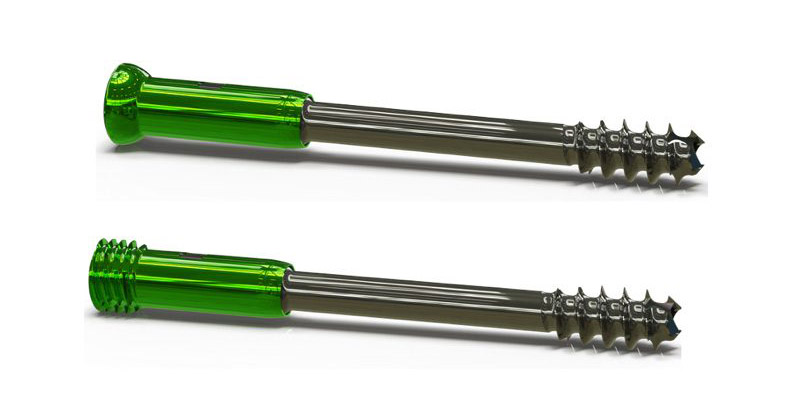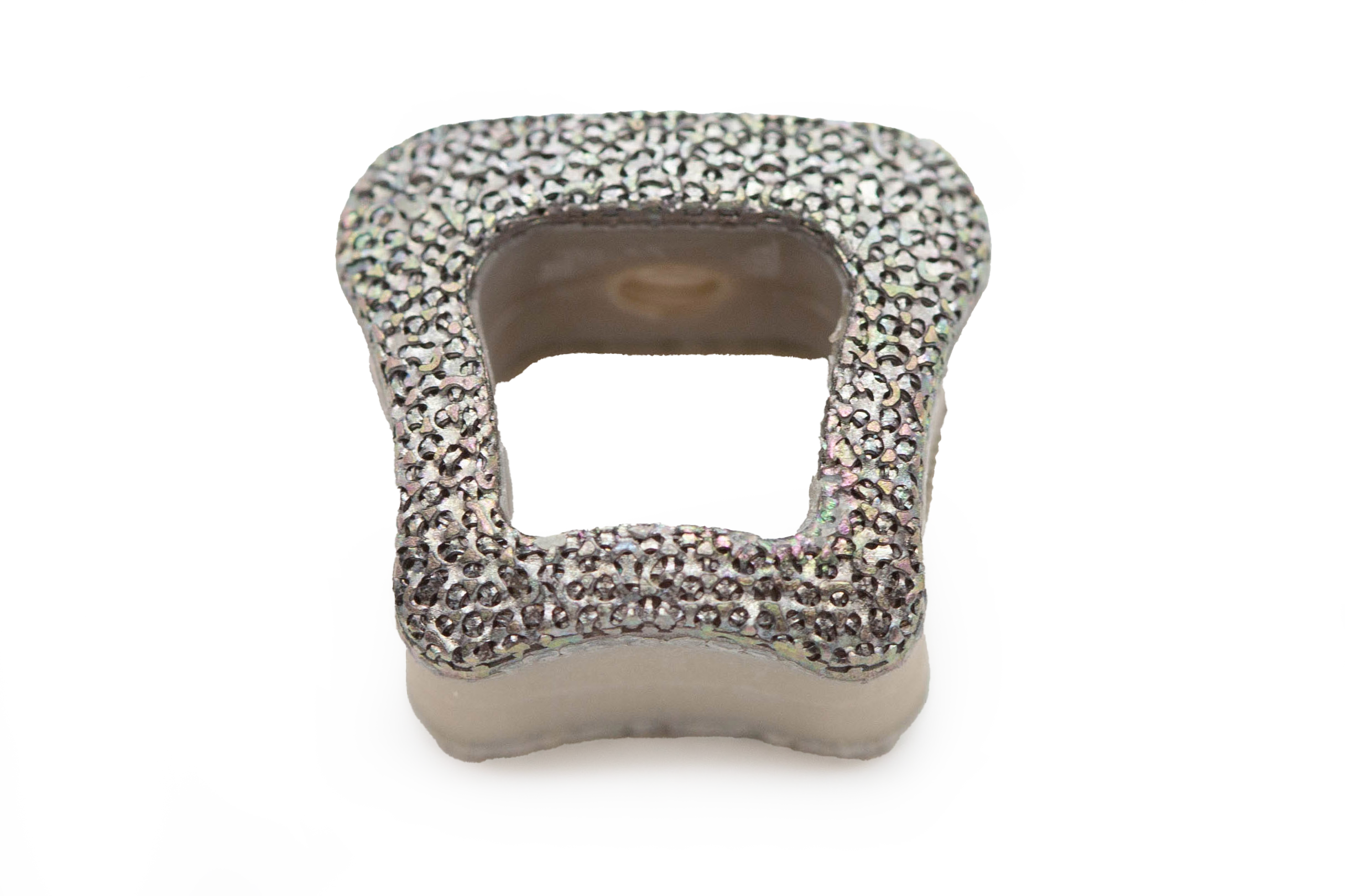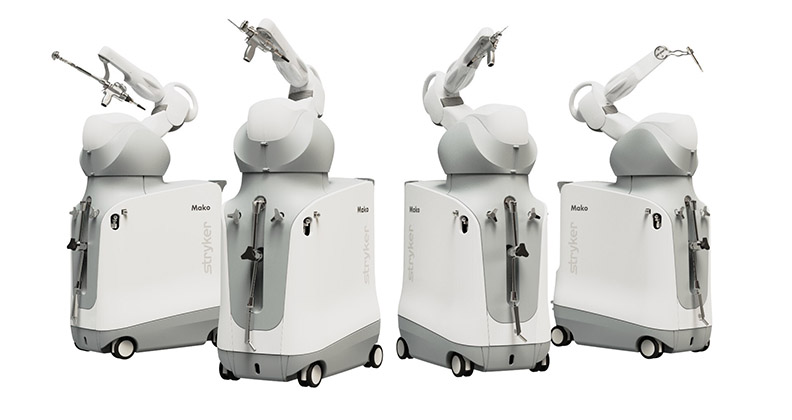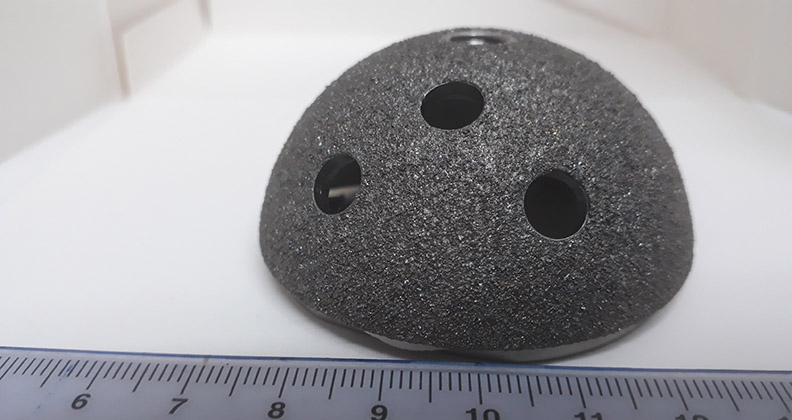
Implant-related infections remain a serious problem in orthopedics.
Infection occurs after 1% to 2% of primary joint replacement surgery and 4% to 5% of revision surgeries, according to the American Academy of Orthopaedic Surgeons (AAOS). AAOS notes that post-op infection is the most common reason for revision knee replacement surgery and the second most common cause for revision hip replacement.
Treatment of prosthetic joint infections (PJIs) can include debridement, targeted antibiotic therapy and one- or two-stage revision surgery. The burdens on patients and the health system are significant.
AAOS reports that cost estimates for the treatment of PJIs are three to four times more than the primary joint replacement procedure, and that the projected annual healthcare costs associated with PJIs will total approximately $1.85 billion by 2030.
The risk of implanted-related infection following fracture repair surgery is low, but AAOS notes that surgeons are increasingly focused on addressing the issue.
Orthopedic companies and contract suppliers are doing their part with new and renewed efforts to develop implants coated with antimicrobial agents that have the potential to reduce post-op infection risks. It remains a clinical need that demands increased focus and attention.
Silver-based Solution
Precision Coating’s N2 Biomedical ion implantation technology modifies and improves the surface properties of implants at a low temperature without adding a coating layer or changing the bulk properties or dimensions. Implant components are mounted on custom fixtures for optimum surface treatment and an ion beam is scanned across the components to treat the surfaces evenly.
Specific quantities of select ions are implanted and nano-engineered into the surface of the components’ substrate at the depth profile needed to enhance hardness and wear resistance, increase corrosion resistance and hydrophilicity and reduce friction.
The ion implantation process can be applied to most metals, ceramics and polymers. It can also make cobalt-chromium and titanium harder and more wear resistant. Medical devices can also be made less tacky to resist biofilm formation.
Precision Coating produces a silver-based coating product to prevent infections in orthopedic implants. “We have recently been evaluating the use of this process, which is a conformal silver coating technology, on orthopedic implants to inhibit bacterial colonization with the same success we have seen on vascular graft prostheses,” said Mike Gianfrancesco, the company’s Vice President of Engineering and Technology.
According to Gianfrancesco, the benefit of Precision Coating’s silver coating technology is that it can be applied at a low temperature to various materials, including PET, silicone, PEEK, stainless steel, cobalt-chromium and titanium. “It’s highly adherent, results in minimal leaching and is biocompatible,” he said.
Working in Combination
Silver Bullet Therapeutics continues to develop its OrthoFuzIon Bone Screw System, an antimicrobial coating designed to prevent infections associated with medical device implants. The bone screws are designed for open reduction and internal fixation (ORIF) fracture surgeries. They’re plated to inhibit microbial colonization and reduce implant-related infection in revision surgery due to implant infection or primary surgery in patients who are at risk of implant infections.
According to President and CEO Paul Chirico, OrthoFuzIon was recently approved by FDA for an Investigational Device Exemption (IDE) study that will involve 120 patients implanted with OrthoFuzlon bone screws.
Chirico said the company has approval under the CE Mark and touted the importance of conducting an FDA-approved study that requires rigorous testing of a medical device’s safety and biocompatibility.
OrthoFuzIon was assessed for numerous metrics of biocompatibility, including irritation and genotoxicity, to prove its safety for testing within human subjects. The coating features what Chirico describes as two dissimilar metals in a proprietary blend of silver and platinum.
“Platinum is a more noble metal in the presence of silver, causing the silver to ionize or corrode,” Chirico explained. “So, the platinum acts as a catalyst to essentially steal an electron from the silver to form a cloud of silver ions around the device and kill bacteria.”
He noted that silver alone does not kill bacteria. It’s the ionized component of silver in reaction with platinum that does the job.
Applying OrthoFuzIon’s unique blend of dissimilar metals to joint replacement implants is no simple task, Chirico explained. The process begins with placing a titanium device into a specialized chamber where gasses etch the titanium coating off the surface. Chirico said the process “frees platinum that’s waiting to bond to something.”
The remnants of the manufacturing process are also removed, including oils and solvents. Sputtering coats the device with the silver/platinum blend in the same plane.
Chirico described the secret sauce of OrthoFuzIon as a commitment to repeatable precision within the manufacturing and application processes. “It’s knowing what temperature settings create the proper edge, how far away the nozzle should be from the substrate that is being coated and using an exact blend of platinum to silver.”
After rigorous abrasion testing, Silver Bullet found that devices remained durable after the coating was applied in comparison to devices coated with only platinum because they are bonded to grade three titanium.
OrthoFuzIon is well suited for orthopedic implants because it sits in bone and can withstand abrasive forces, Chirico explained.
He pointed out that the technology is unique among similar coating products because it maintains the ability of the implant to bend without shearing off inside a patient. Another notable characteristic of the product is that it’s engineered for the rapid release of silver ions within the first 24 to 36 hours of a device being implanted, a critical period of time during which infection risks increase.
“The potential for an infection to occur increases if the silver ions build up slowly,” Chirico said.
He explained that the chance of an infection is heightened in the first five days after implants are placed, so achieving a silver level that kills organisms or bacteria after that window is too little, too late.
OrthoFuzIon is designed to revert to an immeasurable level of silver within 45 days of the initial rapid release of silver ions, according to Chirico.
“It’s a commercially viable product that can reduce implant-related infection and is specifically indicated for patients who are at a high risk of infection or subject to revision surgery due to a previous infection,” he said.
PM
Patrick McGuire is a BONEZONE Contributor.




